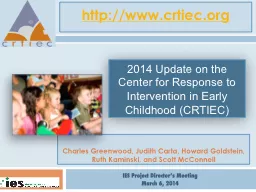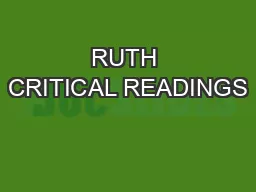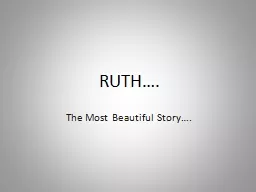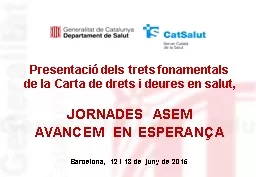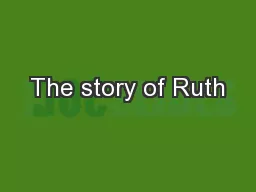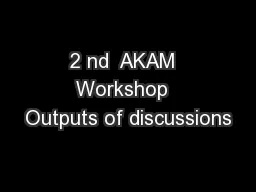PPT-Charles Greenwood, Judith Carta, Howard Goldstein, Ruth Kam
Author : luanne-stotts | Published Date : 2017-09-24
IES Project Directors Meeting March 6 2014 2014 Update on the Center for Response to Intervention in Early Childhood CRTIEC httpwwwcrtiecorg Agenda Introduction
Presentation Embed Code
Download Presentation
Download Presentation The PPT/PDF document "Charles Greenwood, Judith Carta, Howard ..." is the property of its rightful owner. Permission is granted to download and print the materials on this website for personal, non-commercial use only, and to display it on your personal computer provided you do not modify the materials and that you retain all copyright notices contained in the materials. By downloading content from our website, you accept the terms of this agreement.
Charles Greenwood, Judith Carta, Howard Goldstein, Ruth Kam: Transcript
Download Rules Of Document
"Charles Greenwood, Judith Carta, Howard Goldstein, Ruth Kam"The content belongs to its owner. You may download and print it for personal use, without modification, and keep all copyright notices. By downloading, you agree to these terms.
Related Documents

